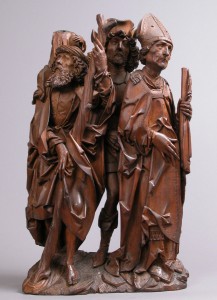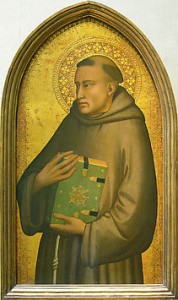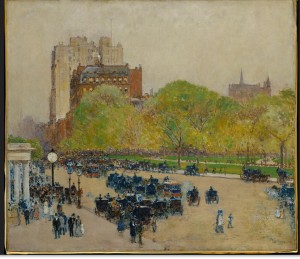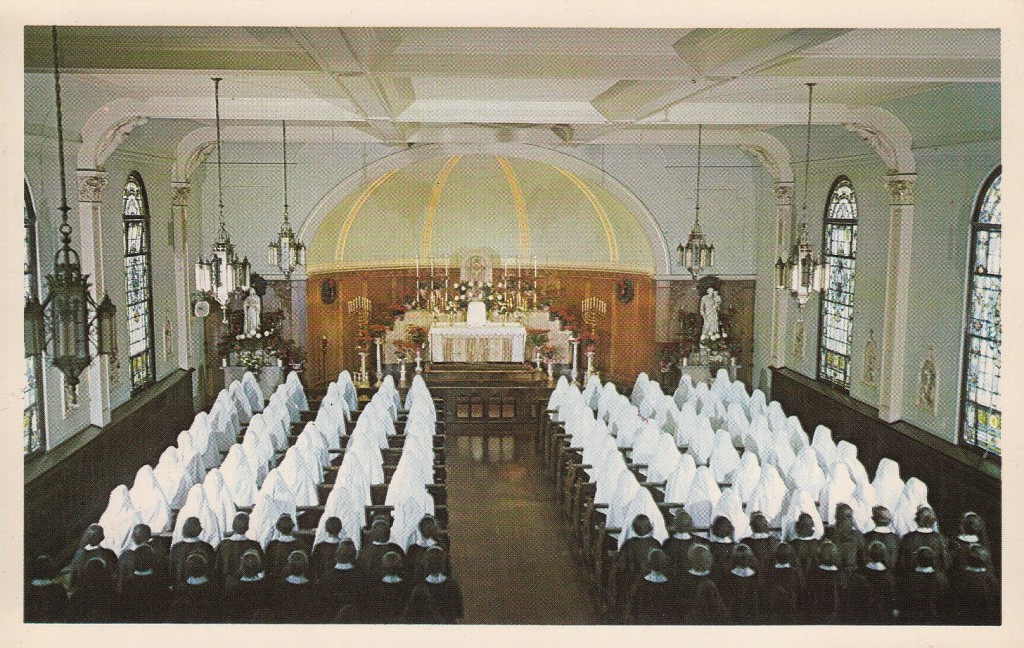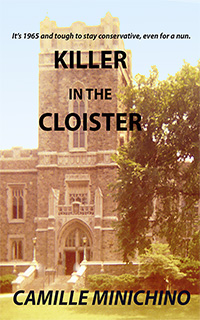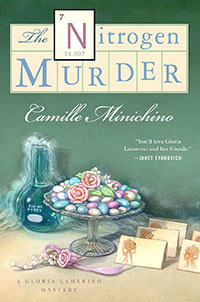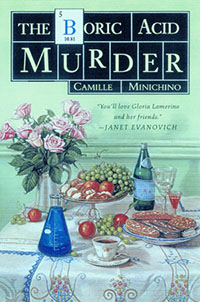Everybody is a genius. But if you judge a fish by its ability to climb a tree, it will live its whole life believing that it is stupid. — Einstein
I’ve always liked that quote. Probably because I have spent a lot of my life believing I’m stupid. Now I realize that’s true, but only about half the time.
I had a mother in the era where many women didn’t want to be mothers, felt they had no choice, and took it out on their children. My mother’s favorite pastime was to point out all the ways I was stupid. One of them related to music. I didn’t have music lessons because I was too stupid to learn. (I now believe that the real reason was that the school didn’t offer lessons, and we couldn’t afford private lessons.) Also, she told me I couldn’t carry a tune—I’m not sure why it mattered that my mother persisted in reminding of this. Maybe she thought that, otherwise, I’d be walking around the house singing and disturbing her peace.
Jumping forward to the days when I was a Roman Catholic Sister—I attended mass every lunch time in the college chapel. With me in the photo above are other students, the man on my right a seminarian, Bob C.
Guitar masses were all the rage, and Bob lead the singing every day. But one day he didn’t show up, and those of us in the pews started to look around for someone to take over. After all, we needed music to inspire us: This Little Light of Mine, Kumbaya . . .
A woman I didn’t know well, in the pew behind me, tapped me on the shoulder. “Sister,” she whispered, “You’re going to have to lead the singing today.”
I turned back, panic rising in my body. “I can’t sing,” I told her.
She frowned. “What do you mean? Of course you can. You’re a nun.”
I don’t remember what I said out loud. Something like “Oh.”
And I lead the singing that day and for the rest of my time at that campus. I still wonder what became of Bob.
 Filed Under :
Filed Under :  Feb.14,2019
Feb.14,2019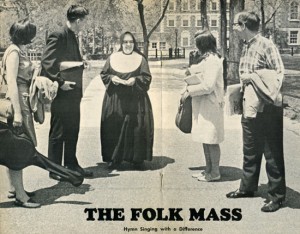
 Tags :
Tags : 


